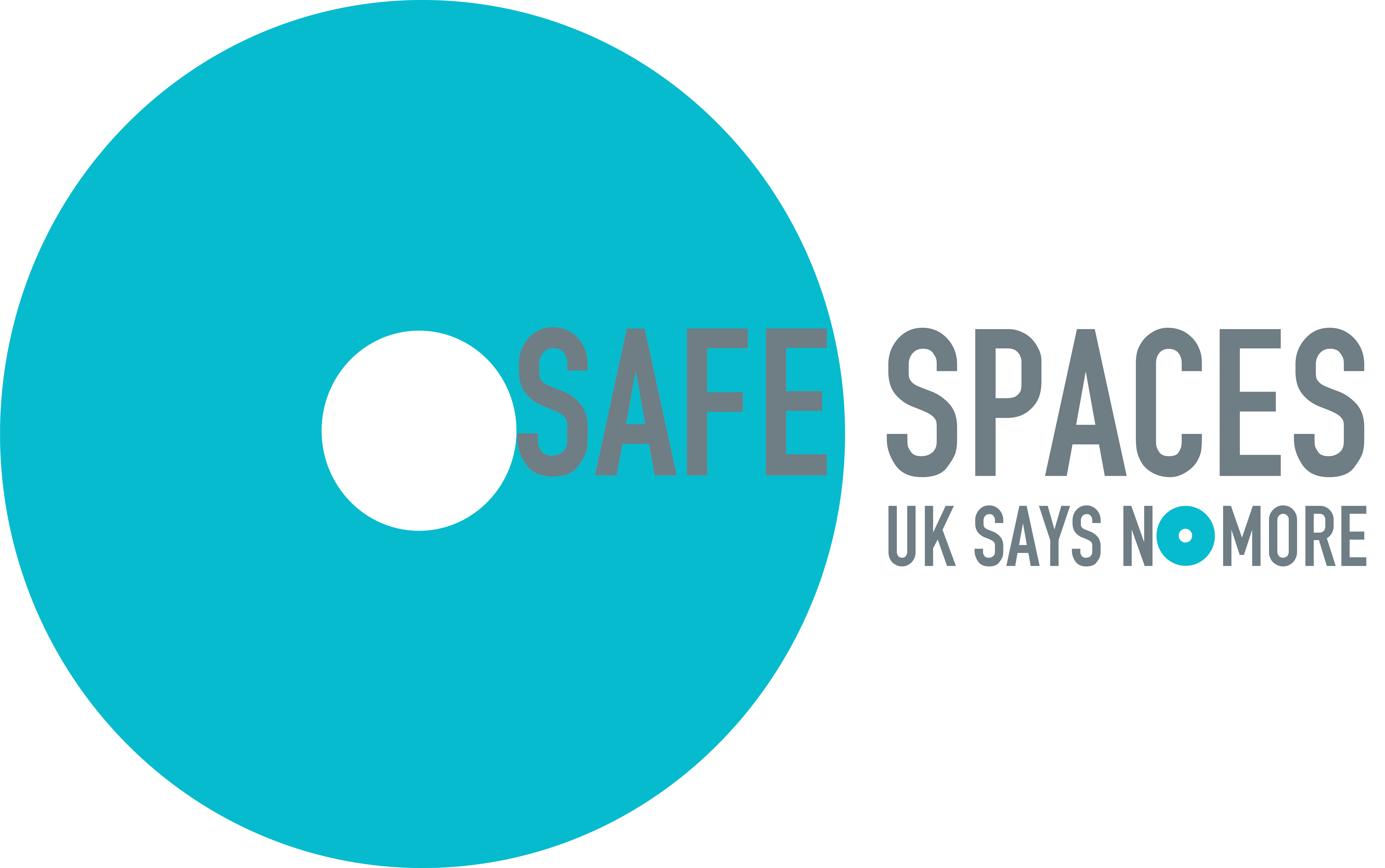EWS1 forms
Here you can find out information about EWS1 forms, how to get one for your building and more!
Lender announcement on EWS1 forms
In March 2022, UK Finance announced that some lenders would be willing to lend on a property that did not have an A1, A2 or B1 rated EWS1 form. These ratings show that work is no longer required.
Where an assessment has shown that remediation is required on a building, lenders would lend if presented with a fully funded plan and a start/finish date. This means that for those residents living in buildings where you know remediation is required, you may be able to sell your home before the remediation is complete. Once we have a fully funded plan and a start/finish date, we will share the relevant documentation with residents so they can present it to lenders.
As of March 2022, this only applies to a small number of high street bank - you can see who has signed up on the UK Finance website.
Government announcement on EWS1 forms
On 21 July 2021, the government has said that EWS1 forms should not be requested for buildings below 18 metres. We will be looking into this further and seeing if/how this may affect our building safety programme. We will be writing to residents in our programme about this change from the government. You can read further about the government's policy on building safety and this announcement here.
 EWS stands for External Wall System and so an EWS1 form is a form which rates the external wall system of a building based on risk and combustibility. A qualified fire engineer will carry out a survey on the external wall system of a building to determine the rating the building will receive in their EWS1 form.
EWS stands for External Wall System and so an EWS1 form is a form which rates the external wall system of a building based on risk and combustibility. A qualified fire engineer will carry out a survey on the external wall system of a building to determine the rating the building will receive in their EWS1 form.
This survey does not just look at the outermost layer of a building’s wall – it looks at the system as a whole. So that might mean cladding, insulation, EPS render, cavity barriers and more.
The form was created by the Royal Institute of Chartered Surveyors (RICS) in conjunction with UK Finance (the collective voice for lenders) and the Building Societies Association.
The market for flats in tall buildings had been stalling as lenders became risk averse due to the building safety environment the government created in 2019 and 2020. The form was produced to show that buildings have either no combustible materials or had a low enough risk for lenders to offer a mortgage.
First, we’ll carry out a ‘desktop survey’, where we look at all of the technical information we have on a building such as drawings, materials used and construction method. We’ll then use that information to determine if we think a building needs an EWS1 form.
Once we are satisfied that an investigation is required, we’ll commission a building surveyor and fire engineer to carry out an ‘intrusive investigation’ into the external wall system at the building. This may involve cutting away several pieces of the outermost layer of the external wall to see what is behind it. We will then compare what we find on-site to what is in the technical information gathered at the desktop stage.
Once the investigation has been carried out, the fire engineer will produce a report on the findings which will include an EWS1 rating and if necessary, recommendations for remediation work.
We always follow the recommendations of our expert fire engineers.
The latest guidance from RICS as of April 2021, states that the following types of buildings require an EWS1 form:
For buildings over six storeys (18m):
- Cladding or curtain wall glazing on the building or
- Balconies stack vertically and there is some combustible material present e.g. timber.
For buildings of five or six storeys:
- A significant amount of cladding on the building (approx. 25% on one elevation) or
- ACM, MCM or HPL panels on the building or
- Balconies stack vertically and there is some combustible material present e.g. timber.
For buildings of four storeys or fewer an EWS1 form should be required where:
- ACM, MCM or HPL panels on the building.
You can read the full guidance on the RICS website.
RICS has updated their guidance to be as clear as possible as to which buildings require an EWS1 form, and this has been endorsed by UK Finance. However, individual lenders each have their own policy and some are still requesting an EWS1 form for buildings which, according to RICS, do not require one. Presently, there is no legislation or other government guidance which compels lenders to follow the guidance, so they are still able to request an EWS1 form on other types of buildings.
There are only approximately 221 fire engineers on the national register (there are some who have asked to be removed but remain qualified to carry out work). These fire engineers are in incredibly high demand as there are tens of thousands of buildings in the UK which may require an EWS1 form.
When EWS1 forms are produced, they are done so by a qualified fire engineer on behalf of a building owner such as Network Homes. Legally, as we have commissioned the report from our fire engineer, we are the only ones who can legally rely on it. This means lenders, leaseholders and any other involved party would not have legal recourse against the fire engineers if something went wrong.
This is because fire engineers are only able to access a limited amount of Professional indemnity (PI) insurance. If lenders and leaseholders all had the ability to legally rely on the EWS1 form, the potential liability against fire engineers would be too high. If they weren’t able to access a high enough level of PI insurance, then they would not be able to sign an EWS1 form.
EWS1 forms are valid for five years. It is unrealistic to expect every fire engineer to remain at the same company for five years and so EWS1 forms remain valid even if the fire engineer no longer works for the company that was commissioned to produce an EWS1 form. This also applies if a fire engineer later retires or their professional membership expires. As long as the fire engineer was accredited and qualified at the time the form was produced, the EWS1 form will remain valid for five years.
If we have an EWS1 form for your block, it will be listed here:
If you would like more information on when we currently expect an EWS1 form for your block, search for your building, estate or street name on the link below which will have information on the current progress.
Find your block's latest update
Get in touch with us
If you've still got a question, you can contact us on customerservice@networkhomes.org.uk or fill out our form.
More information
-
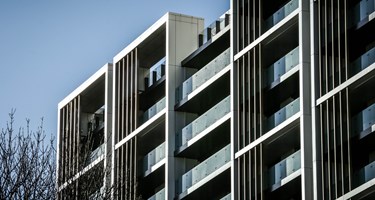 Cladding - FAQs
Cladding - FAQsGet the answers to all your questions about cladding on your building.
Cladding - FAQs -
 My building - FRAs, documents and newsletters
My building - FRAs, documents and newslettersView your building's fire risk assessment (FRA) and other documents , including fire evacuation strategy, building safety and estate updates.
My block documents (FRAs) -
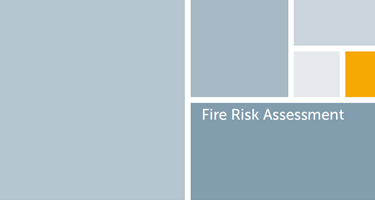 Fire Risk Assessments - FAQs
Fire Risk Assessments - FAQsNot sure what an FRA is? Find out here.
Fire Risk Assessments - FAQs -
 The latest on cladding and building safety from the government
The latest on cladding and building safety from the governmentFind out what the government has said recently on cladding and how it is affected by coronavirus.
The latest on cladding -
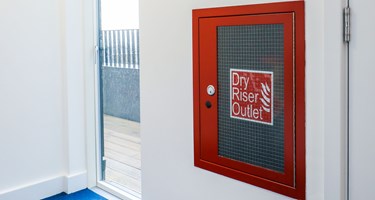 Fire safety tips
Fire safety tipsDo you know how to test your smoke alarm or top tips to prevent a fire?
Find out here -
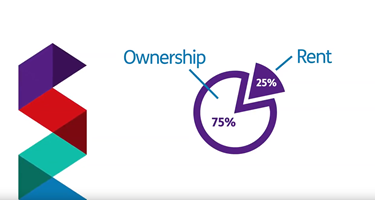 Selling, staircasing and remortgaging - FAQs
Selling, staircasing and remortgaging - FAQsAll the answers for shared owners and leaseholders on the situation at your building.
Selling, Staircasing and remortgaging - FAQs -
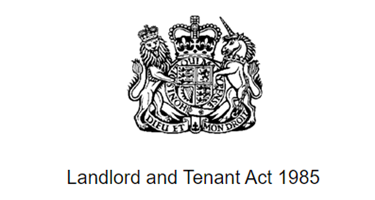 Who pays for building safety work? Section 20 - FAQs
Who pays for building safety work? Section 20 - FAQsFind out about the leasehold consultation process known as Section 20.
Section 20 - FAQs -
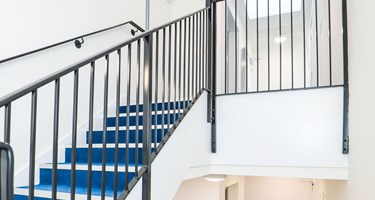 Vulnerabilities - help to evacuate
Vulnerabilities - help to evacuateIf you live in a block with a waking watch and think you or a member of your household needs help to evacuate, let us know.
Vulnerabilities -
 Resources for residents
Resources for residentsInformation on organisations who may be able to offer you independent advice.
Resources for residents -
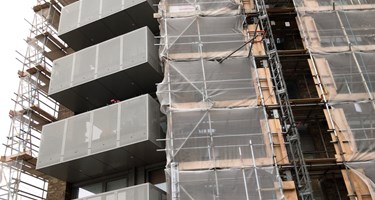 Support with building safety work costs
Support with building safety work costsFind out about applications for interest free loans to help pay for building safety remedial work.
Support with building safety work costs -
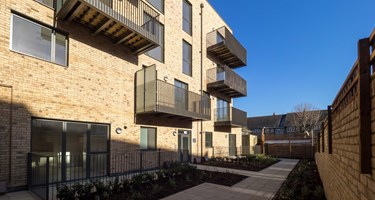 Buildings below 18 metres
Buildings below 18 metresWhat does it mean if you live in a mid or low rise building?
Buildings below 18 metres

